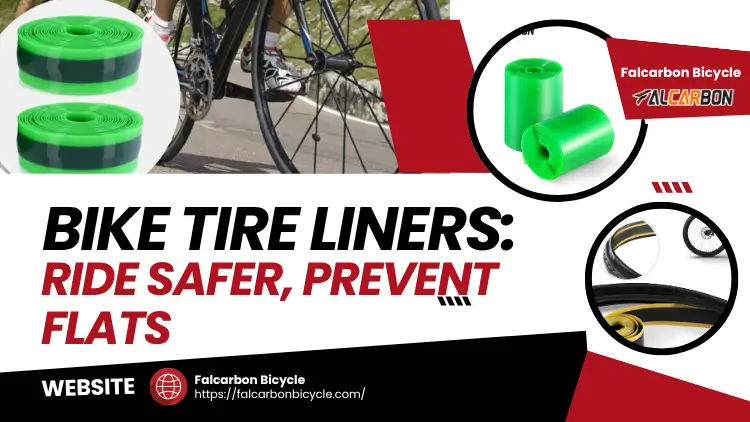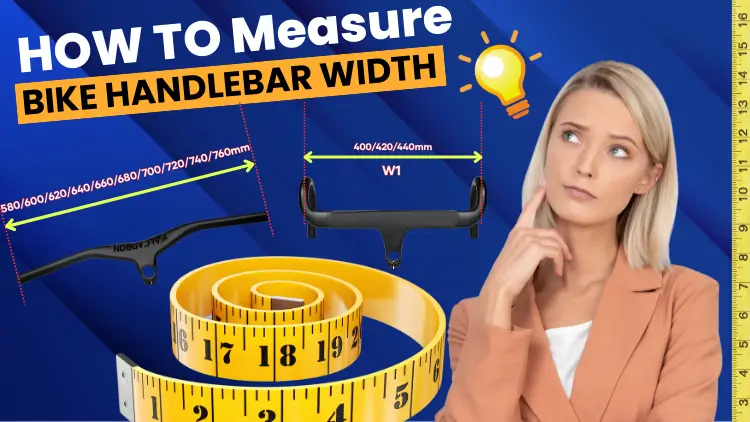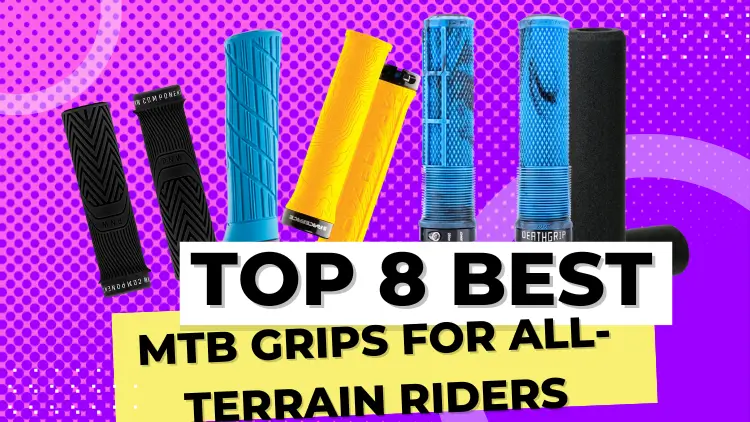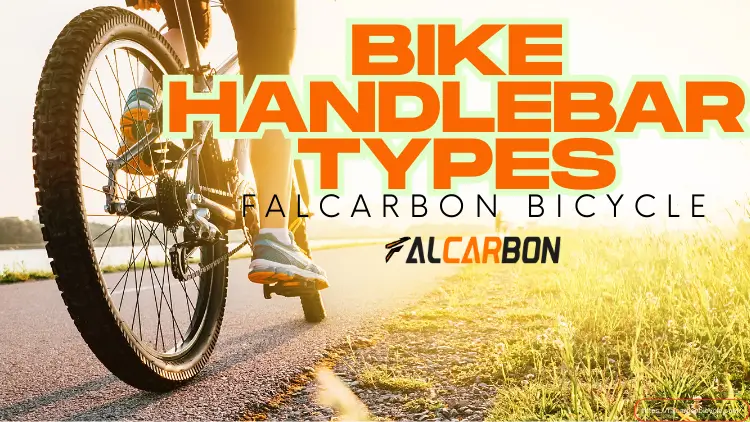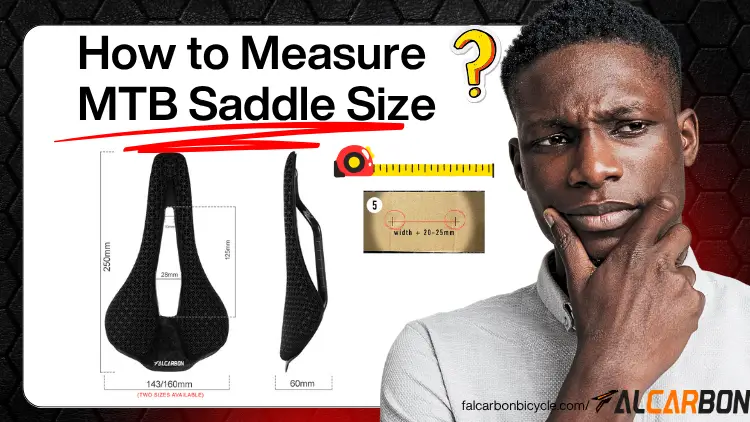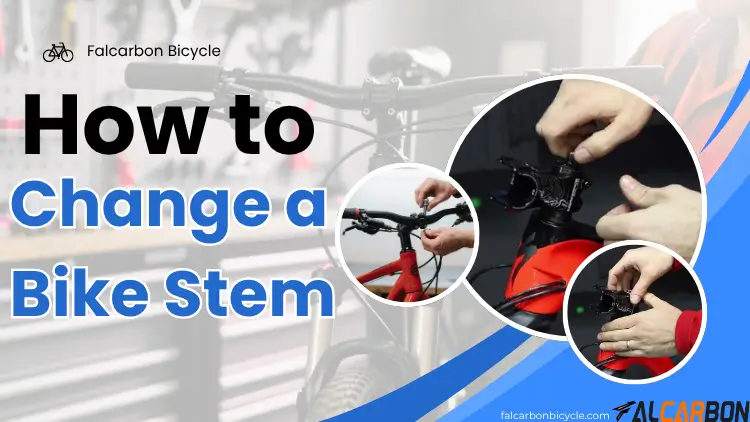Bike Tire Liners: Ride Safer, Prevent Flats
You can imagine that on a sunny weekend, you are cycling with great enthusiasm on a mountain road. Suddenly, your tire is punctured by a sharp rock, the gas evaporates rapidly, and your journey comes to an abrupt end – this is a scene that every cyclist may have experienced. Whether you are a special off-road challenger, an MTB rider who enjoys long-distance cycling, or an ordinary urban commuter, a flat tire is an inevitable problem in our daily cycling life. So, what should be done when encountering this problem?
Don’t worry! This is not an unsolvable problem. This article will help you to quickly understand a simple and practical protection scheme: Bike Tire Liners: Ride Safer, Prevent Flats. I will tell you about its working principle, main types, and installation methods. How to choose, as well as the best Bike Tire Liners recommendations. and suitable scenarios, etc. And we would like to recommend the Falcarbon Bicycle brand. which is highly praised in the cycling community, to you. It will help you avoid the trouble of a flat tire one more time during your next trip and provide you with an extra guarantee for a worry-free journey. Please keep up the pace and continue to learn!

What are Bike Tire Liners?
Bike Tire Liners are a kind of thin-layer protective material installed between the outer tube and the inner tube. which can effectively protect your tires and prevent sharp objects from piercing the inner tube, causing air leakage or a blowout. A protective tape that prevents damage to the inner tube can enhance your cycling safety.
Feature:
- Puncture protection: The most significant function of Bike Tire Liners is puncture resistance. They can provide a buffer and resistance when foreign objects just pierce the tires, and can better protect the inner tubes.
- Extending tire life: The inner lining of tires can reduce the direct contact between the inner tube and sharp objects. lower the probability of damage, and help extend the service life of tires.
- Save maintenance time and costs: Installing Bike Tire Liners can reduce the number of blowouts. eliminating the need for frequent maintenance and tire patching, and thus lowering costs.
Material Types of Bike Tire Liners
The material of Bike Tire Liners determines its weight, flexibility, and protective ability. It includes several common materials. Below, I will unlock the characteristics and suitable scenarios of these materials for you in detail. Please read on to learn more!
1. Polyurethane (TPU) :
This material mainly experiences lightweighting, is relatively soft, and is easy to install. It is the most widely used among cyclists. It is mainly applicable to urban commuting, road cycling, and other types of bicycles.
- Advantage: It does not significantly increase the weight of the wheels and maintains cycling efficiency
- Disadvantages: Moderate puncture resistance, suitable for low to medium-risk terrains
2. Kevlar:
Kevlar, a material mainly made of high-strength fibers, is often used in bulletproof vests. The applicable scenarios are mainly for mountain cross-country and high-risk cycling routes.
- Advantages: Extremely strong puncture resistance and wear resistance.
- Disadvantages: The price is relatively high, and some models are slightly heavier.
3. Rubber Blends:
Although this material is thick, elastic, and has strong wrapping properties, it is not very suitable for beginners to use. It is mainly suitable for long-distance cycling and cycling on complex road conditions.
- Advantages: Balancing durability and comfort
- Disadvantages: It may increase the installation difficulty and is not user-friendly for beginners.
Bike Tire Liners are suitable for various types of bikes.
| Bike Type | Recommendation & Notes |
|---|---|
| Road Bike | Choose lightweight liners to maintain speed while adding basic puncture protection. |
| City/Commuter Bike | Polyurethane liners are ideal for daily use, offering reliable defense against glass and nails. |
| Mountain Bike (MTB) | Kevlar or thick rubber liners are recommended for off-road durability and superior puncture resistance. |
| Hybrid/Touring Bike | Use multi-purpose liners designed for mixed terrains and long-distance durability. |
Common Types of Tire Liners for Bikes
The tire liners for bikes available on the market can be roughly classified into the following three categories based on their different uses and design focuses. You can quickly understand their differences, which can help you find the type of lining that suits you.
1. Commuter tire lining:
This type of bicycle lining material is thin and light, easy to install, and can effectively block glass fragments, metal nails, and debris etc. It is also suitable for urban commuting and people who use it for daily transportation.
2. Racing type lining:
This type of bicycle lining material is lightweight and can cut weight to the greatest extent. It protects the rolling performance and speed well, with a relatively moderate protective capacity. making it suitable for riding on clean and flat roads.
3. Durable/heavy-duty lining:
This type of bicycle has a thick and tough inner lining material, which is suitable for harsh terrain or long-distance riding. It is generally used in public bicycles, station bikes, and gravel road cycling equipment. Suitable for travelers, campers, and heavy commuters etc.
Recommended products and brands
| Brand/Product | Key Features |
|---|---|
| Falcarbon Bicycle | Made of durable, lightweight TPU material; suitable for both road and MTB use. |
| Mr. Tuffy | Known for high cost-effectiveness, ideal for commuting and light trail riding. |
| Stop Flats 2 | Known for high cost-effectiveness; ideal for commuting and light trail riding. |
| Rhinodillos | Brightly colored and easy to identify; designed for heavy-duty protection, great for gravel roads and long-distance touring. |
Mountain Bike Tire Liners: Exclusive Protection for Off-Route Cycling
About Mountain Bike Tire Liners, the first thing we need to understand is the source of the risks brought by mountain cycling. It can be crushed stones, thorns, branches, sharp rocks, etc. These are all the triggers that cause you to have a flat tire. The probability of a flat tire is much higher than that of road cycling.
The advantages of special tire liners for mountain bikes:
- The thickened design can better absorb impact.
- Wide design, suitable for larger-sized tires (such as 27.5″, 29″).
- The material is soft, can maintain a certain degree of elasticity, and has excellent puncture resistance. enabling the inner lining to closely adhere to the tire wall without sliding or deforming easily.
Compatibility with tubeless systems
Nowadays, many riders are using tubeless systems, and modern mountain bike tire liners have also been optimized for this trend:
- Compatible with many structures: For example, the inner lining provided by Tannus Armor can be applied to inner tube wheel sets or Tubeless systems, and the installation is flexible.
- It can be paired with foam inner tubes, such as the CushCore system, which not only enhances the puncture resistance. But also absorbs the downward pressure vibration, effectively protecting the wheel rim.
- Lower tire pressure compatibility: The presence of the inner lining allows you to use it with peace of mind at a lower tire pressure. enhancing grip without worrying about a blowout.
How to install Bike Tire Liners?
Before describing the detailed installation steps, please use this installation video to quickly understand how to install Bike Tire Liners. I hope it will be helpful to you.
The detailed installation of Bike Tire Liners is as follows:
Tools to be prepared:
- Tire crowbar
- Air pump
- Lubricant or talcum powder (optional)
Install Bike Tire Liners: Step-by-Step Guide
- First, safely discard the tire, and then use a tire prying tool to remove the outer and inner tubes from the rim.

- Please place the bike tire liners flat along the outer tire surface. and ensure that the inner tire liners are placed along the tire curve, flat, without folding or twisting.

- Then put the inner tube back into the tire to ensure it remains in its original position.

- Reinstall the tire (with an inner tube and inner lining) back onto the rim.

- Finally, inflate the tires and inspect them to ensure there is no misalignment or compression. and to make sure the inner tubes are not bulging or affect their installation, etc.

Notes:
- When reassembling, please do not clamp the inner tube between the tire bead and the rim to avoid perforation.
- When installing, if you feel that the inner lining is stiff. You can place it in direct sunlight for 5 to 10 minutes before installation to soften it and make it easier to operate.
How to choose the appropriate Bike Tire Liners?
To choose the Bike Tire Liners that suit you, you need to consider various factors:
1. Factors when choosing Bike Tire Liners:
- As mentioned in the description above, Bike Tire Liners offer a variety of materials. You need to consider the puncture resistance of the material, the weight, rolling resistance, etc.
- Whether the size of Bike Tire Liners is compatible with the size of your tires.
- When installing, please choose which type of Tire Liners with easy installation.
2. What are one’s own needs:
- Choose Tire Liners that suit you according to your own cycling needs.
- If you often have to deal with air leaks caused by sharp objects, then a liner can provide a layer of protection.
- Will adding Bike Tire Liners increase the weight? Simply choose Tire Liners made of lightweight materials.
3. Types of bicycle tire linings:
- Puncture-resistant padding (thin layer):
- such as Falcarbon Bicycle, Mr. Tuffy, or Zefal Z-Liner. which is designed to prevent puncturing by protecting the tire from injury by sharp objects.
- Tire lining (thick layer) :
- These thicker linings, such as Falcarbon Bicycle, Vittoria Air-Liners, or CushCore. can provide more protection, enhance tire stability, and offer some shock absorption effects.
4. Substitutes for liners:
The last method is to choose a tubeless tire, which can offer better puncture protection. and driving quality compared to traditional tubeless tires.
Users share using Bike Tire Liners of the Falcarbon Bicycle brand
I still remember the frustration of my last flat—halfway down a steep forest trail, rear tire hissing, ride cut short. That’s when I decided to try the Falcarbon Bicycle tire liners, and honestly, I haven’t looked back since.
I ride both road and mountain bikes, switching between a 26″ urban setup and a 29″ MTB for the weekends. The Falcarbon liners fit perfectly—they come in multiple sizes (24″, 26″, 29″) and are 2300mm long, with a width of 38mm and a slim 1mm thickness. Lightweight at just 240 grams per pair, I didn’t notice any extra drag, even on my road rides.
What really impressed me was the TPU material—it’s super flexible yet tough enough to shrug off glass, thorns, and the occasional nail I roll over near construction zones. One commuter on a cycling forum summed it up perfectly:
“City riding means daily contact with debris. Since switching to Falcarbon Bicycle liners, I haven’t had to patch a tube once.”
I personally took these liners on a two-week downhill trip in Colorado. The terrain was rocky, sharp, and unforgiving. But my tires? Never flinched. Another forum member put it best:
“I rode steep mountain descents for two weeks—zero flats. That’s all I needed to switch permanently.”
Installation was straightforward. Since I run Presta valves on both bikes, everything fit right in. The package came with two liners, and I followed a tip from a local rider—left them in the sun for 10 minutes before installation to make them more pliable. Worked like a charm.
If you’re like me, tired of flats ruining rides, Falcarbon tire liners are a game-changer. Whether you’re navigating potholes in the city or bombing down rugged trails, they deliver solid peace of mind without compromising performance.
Related Articles: Best MTB Stem 2025: Top Picks for Every Rider.
FAQ
Do Bike Tire Liners work?
Yes. Bike tire liners are very useful for this person who often participates in challenges. I have been using bike tire liners with dimensions of 38 mm*1.0 mm*2300 mm, which are provided by the Falcarbon Bicycle brand. It can be said that its durable and lightweight TPU material enables me to experience reliable puncture resistance for a long time. and helps me effectively resist thorns, glass, and sharp fragments, allowing me to be more informed on rough and steep ground.
Are puncture-proof inner tubes any good?
For me, a mountain biking enthusiast, bike tire liners are worth buying. Because it helps me absorb the energy generated by the impact, allowing my tires to roll unscathed when walking on the ground. It also enhanced the sidewall support and tire damping for me. effectively improving my riding efficiency and better protecting my tires.
Does anti-puncture tape work?
During installation, bike tire liners are used to be inserted between the tires and inner tubes. providing protection and preventing punctures and punctures. During our cycling process, it can help our tires very well. But, during driving, that protective layer will also move. which leads to inner tube investment, wear defects, etc. So, it also has some minor problems. But generally speaking, for me, the advantages outweigh the disadvantages. I think bike tire liners are very useful and valuable protective tapes for me.
Does Falcarbon Bicycle offer the best bike tire liners?
The Falcarbon Bicycle brand has launched many models of the best Bike Tire Liners. It is deeply loved by many road and mountain bike enthusiasts. The inner tube liner provided by Falcarbon Bicycle can effectively help you easily solve the inner tube problems of your bicycle. prevent blowouts and extend the service life of the tires. These lightweight and puncture-resistant inner tube designs are located between the inner tube and the tire. effectively preventing erosion from thorns, glass, and sharp debris, making them an essential choice for daily commuters and mountain bikers.
Are Bike Tire Liners Worth It?
Through the detailed description above, we believe that you have already had a general understanding of Bike Tire Liners. So is it worth investing in? This is the question you need to consider. If you often ride on gravel roads, construction areas or forest roads, or if every Tire blowout makes you extremely frustrated. then Bike Tire Liners is undoubtedly an upgrade option worth investing in.
Sure, Bike Tire Liners also have their trade-offs: They increase certain weight and installation steps, but in return. They greatly reduce the probability of tire blowouts and enhance the sense of security during riding. So when we choose it, we need to combine our own riding requirements, terrain environment, as well as the options for various factors such as speed and comfort to challenge the Tire Liners that suit us. For instance, the lightweight type is suitable for road racing. while the thick and heavy type is more appropriate for off-road protection. And brands like Falcarbon also offer high-quality options that balance strength and weight. If used correctly, it can make every journey of yours smoother and more reassuring.

